Japanese knotweed control
Japanese knotweed is an invasive exotic that is becoming increasingly common in our country. The plant can cause enormous damage to the natural environment, infrastructure and buildings. It is therefore very important to control and manage this plant. In this blog post, we give you practical tips and advice on controlling Japanese knotweed. We also discuss the Roots Reset method, an innovative and effective way to control Japanese knotweed.
Recognise the plant
First of all, it is important to be able to recognise the plant in the field before proceeding to control Japanese knotweed. Japanese knotweed has a distinctive stem with red spots and large leaves in the shape of a heart. The plant grows quickly and can reach a height of up to 3-4 metres.
Excavate the plant
One of the most effective ways to control Japanese knotweed is by digging out the plant. When doing so, it is important to remove all roots and rhizomes to prevent regrowth. Also ensure that all excavated plant remains are properly disposed of to prevent spreading. Especially for somewhat smaller areas (<10m²), this is an effective way to get rid of Japanese knotweed.
Monitor the growth of the plant
It is important to monitor the growth of Japanese knotweed to ensure effective control. By monitoring its growth, you can quickly intervene in case of new growth and prevent it from spreading.
Another way to quickly and effectively control Japanese knotweed is through Roots Reset. Below we discuss this proven effective and sustainable method.
How does the Roots Reset method work?
Through Roots Reset, the soil is first enriched with our CleaRoot granules, then oxygenated. CleaRoot specifically feeds micro-life already present in the soil. As a result, these microbes grow rapidly and consume all available oxygen in the soil. Within two days, oxygen levels drop to less than one per cent. In the absence of oxygen, further fermentation then takes place. This process is harmful to the roots of Japanese knotweed; the roots die.
Benefits of the Roots Reset method
The Roots Reset method has several advantages over traditional pest control methods. For instance, this method is sustainable and environmentally friendly as it does not use harmful chemicals. In addition, this method is also cost-effective and efficient as it naturally controls the plant within one treatment.
Want to know more about Roots Reset and how it can be applied to your specific situation? Then contact our experts on Japanese knotweed control. We will be happy to help you find the best solution to your problem.
Recognise the plant
First of all, it is important to be able to recognise the plant in the field before proceeding to control Japanese knotweed. Japanese knotweed has a distinctive stem with red spots and large leaves in the shape of a heart. The plant grows quickly and can reach a height of up to 3-4 metres.
Excavate the plant
One of the most effective ways to control Japanese knotweed is by digging out the plant. When doing so, it is important to remove all roots and rhizomes to prevent regrowth. Also ensure that all excavated plant remains are properly disposed of to prevent spreading. Especially for somewhat smaller areas (<10m²), this is an effective way to get rid of Japanese knotweed.
Monitor the growth of the plant
It is important to monitor the growth of Japanese knotweed to ensure effective control. By monitoring its growth, you can quickly intervene in case of new growth and prevent it from spreading.
Another way to quickly and effectively control Japanese knotweed is through Roots Reset. Below we discuss this proven effective and sustainable method.
How does the Roots Reset method work?
Through Roots Reset, the soil is first enriched with our CleaRoot granules, then oxygenated. CleaRoot specifically feeds micro-life already present in the soil. As a result, these microbes grow rapidly and consume all available oxygen in the soil. Within two days, oxygen levels drop to less than one per cent. In the absence of oxygen, further fermentation then takes place. This process is harmful to the roots of Japanese knotweed; the roots die.
Benefits of the Roots Reset method
The Roots Reset method has several advantages over traditional pest control methods. For instance, this method is sustainable and environmentally friendly as it does not use harmful chemicals. In addition, this method is also cost-effective and efficient as it naturally controls the plant within one treatment.
Want to know more about Roots Reset and how it can be applied to your specific situation? Then contact our experts on Japanese knotweed control. We will be happy to help you find the best solution to your problem.
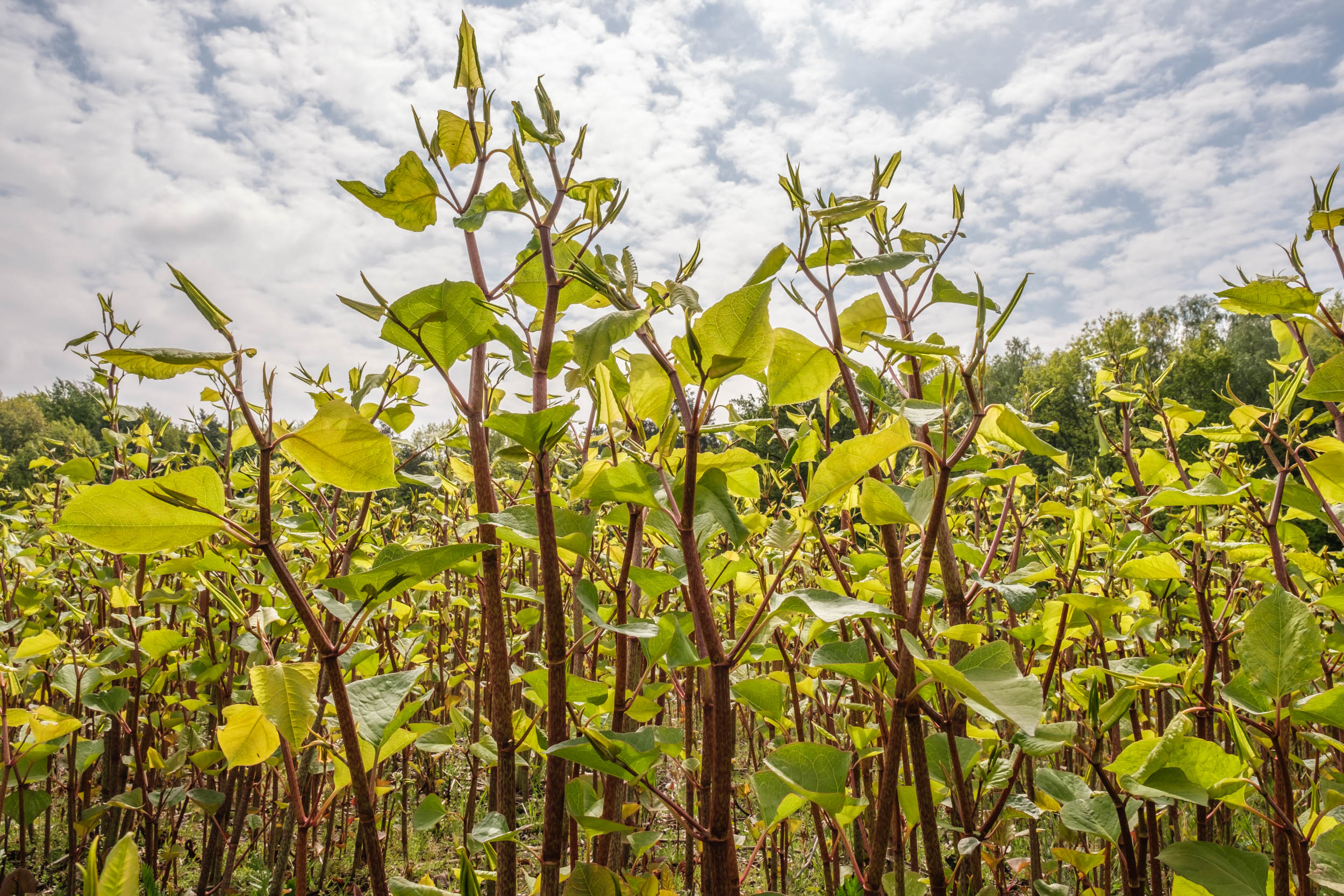
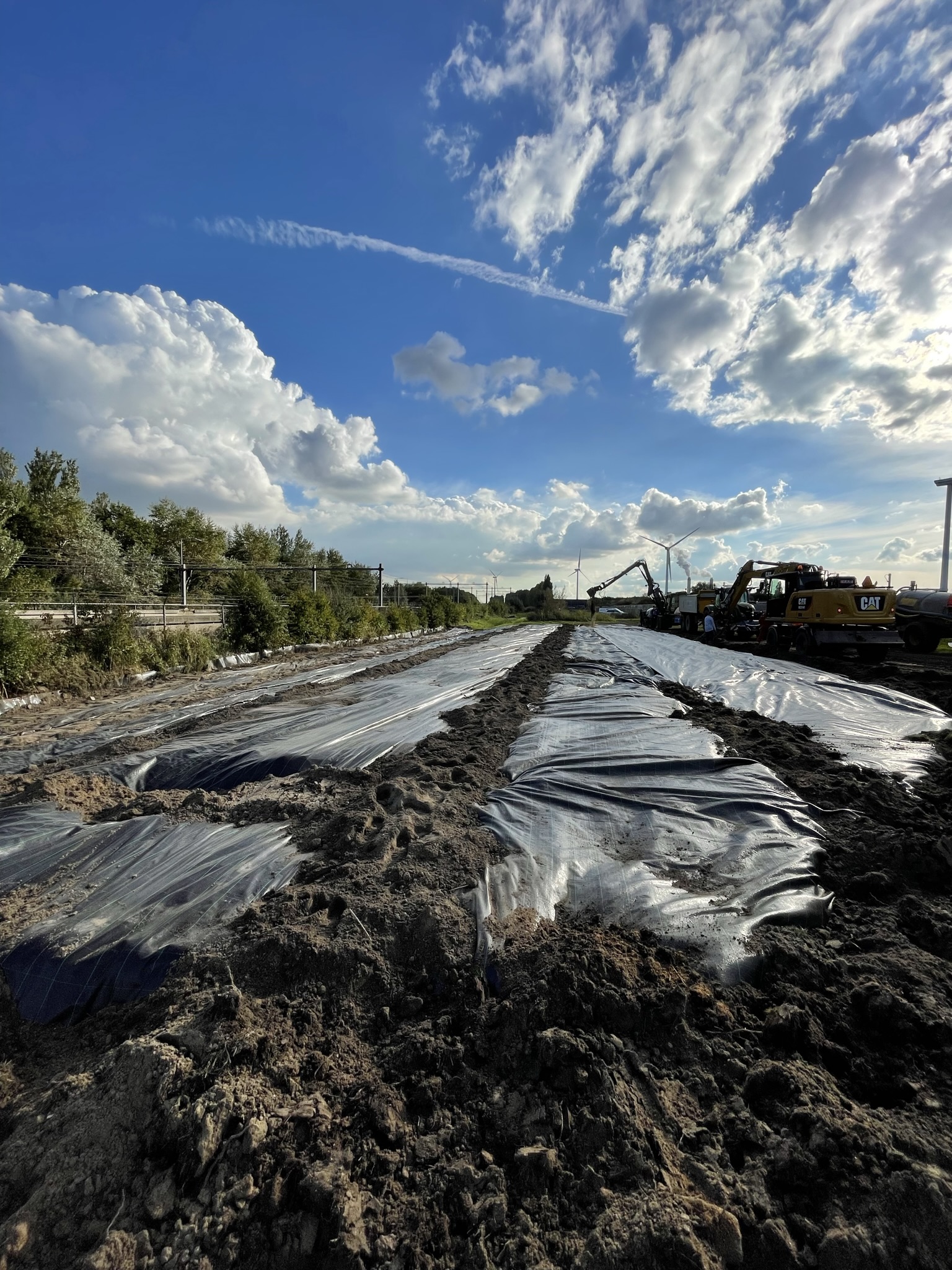
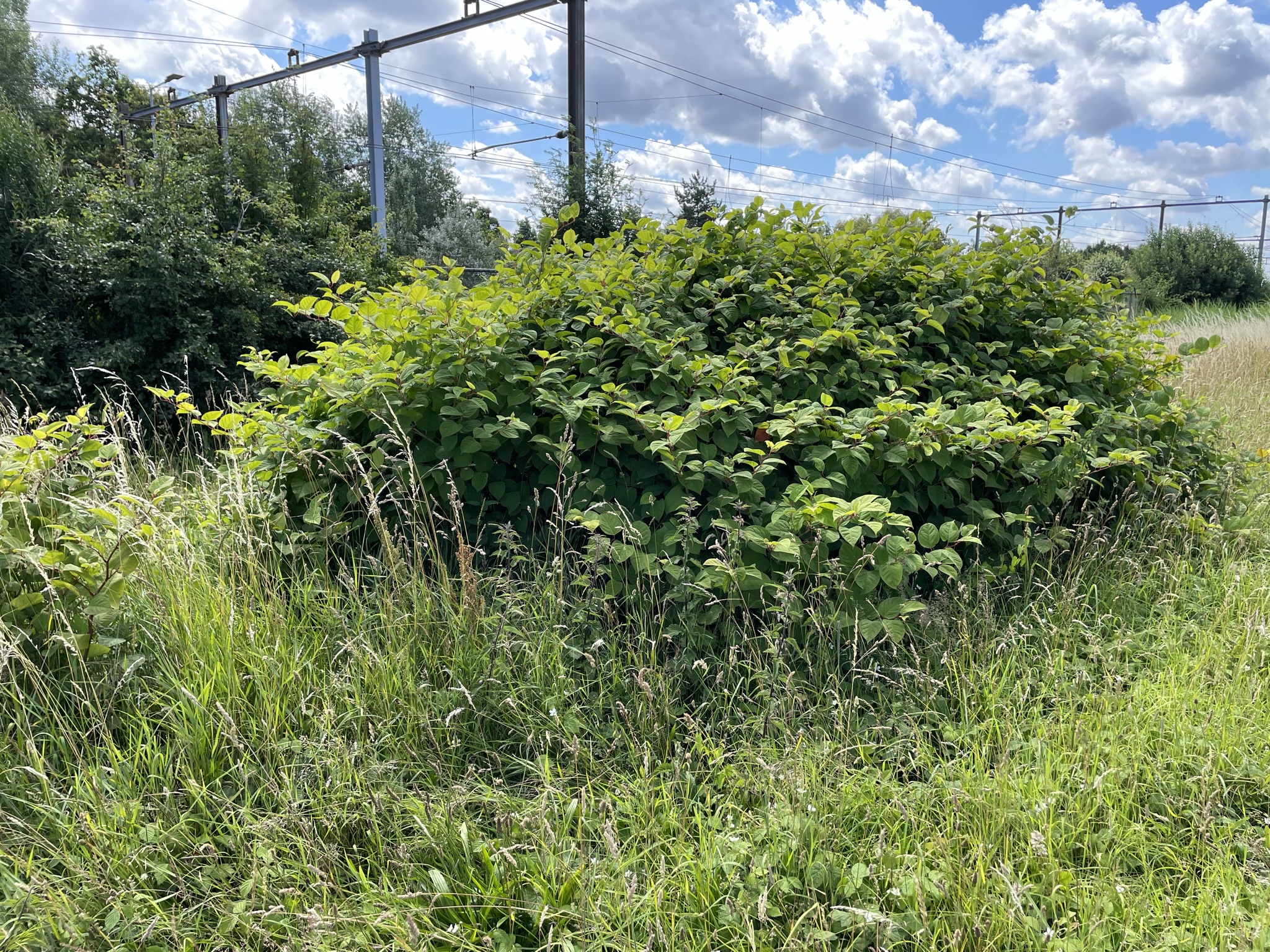
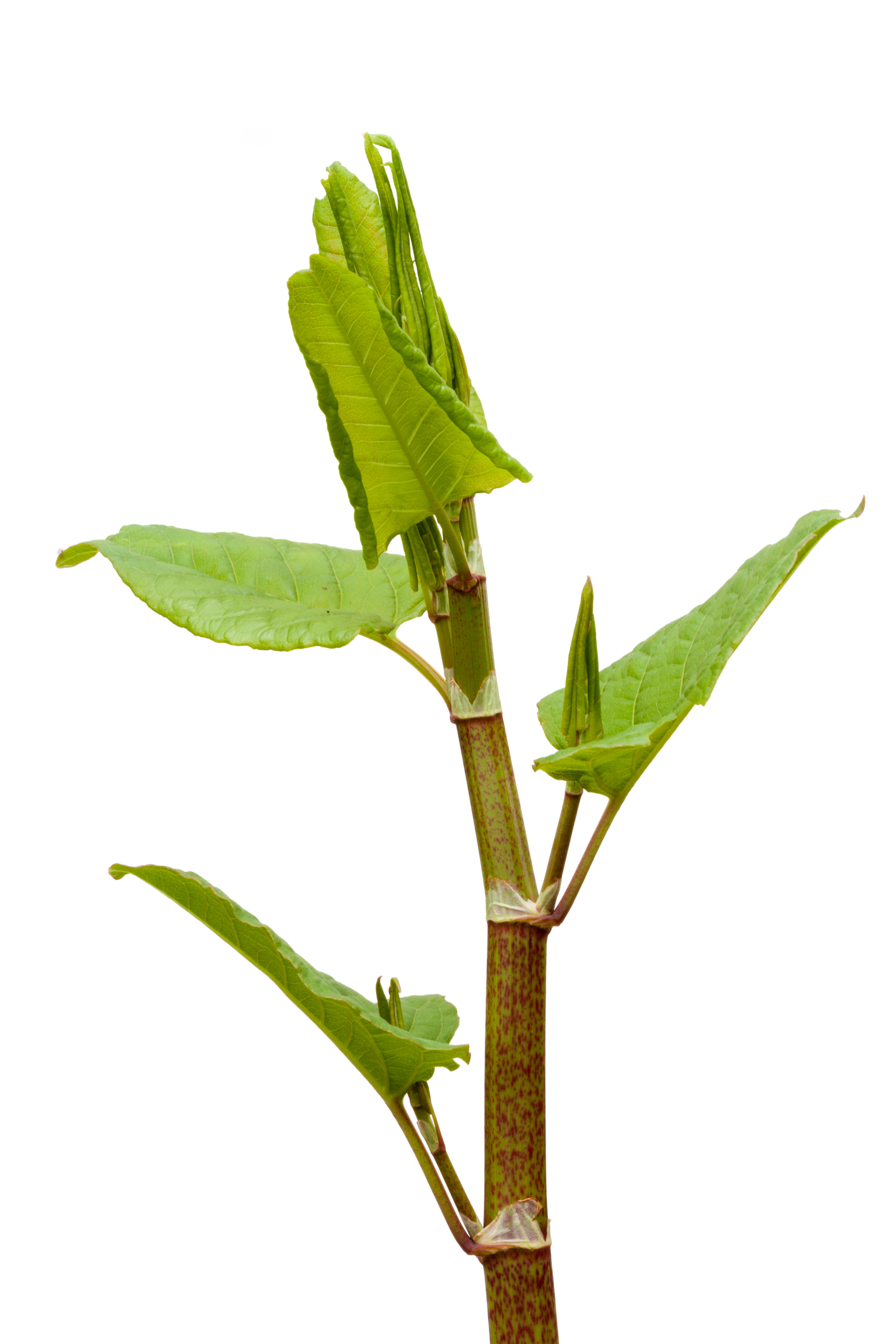
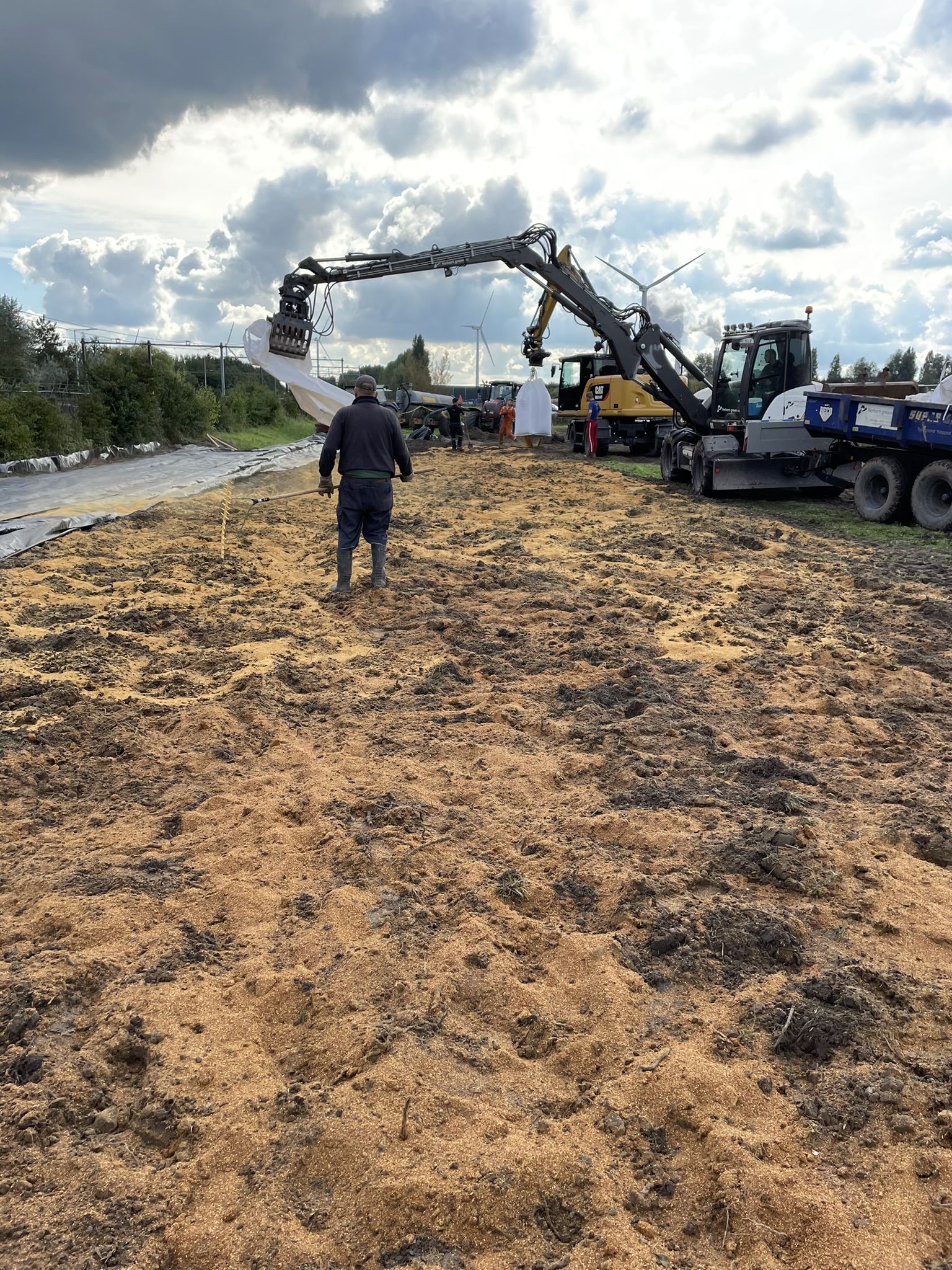
Click below to contact our experts.